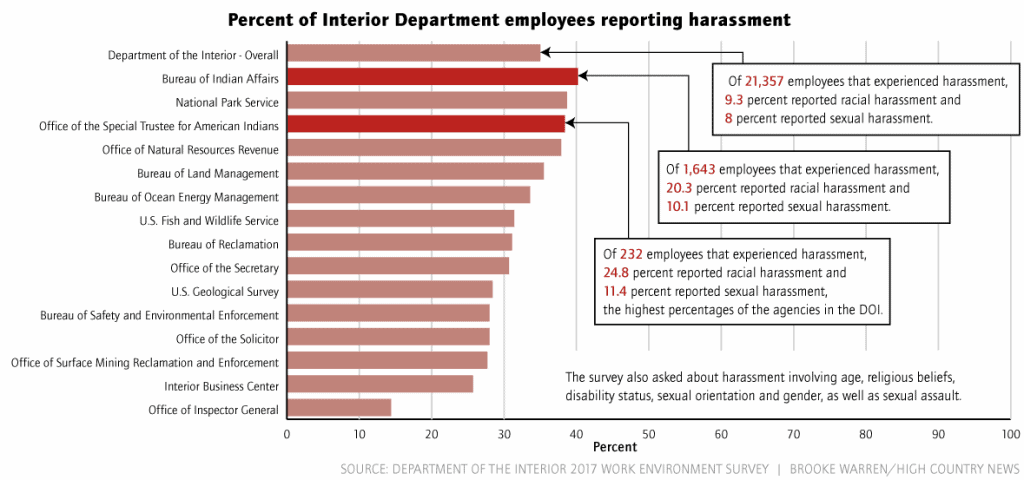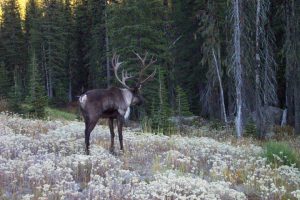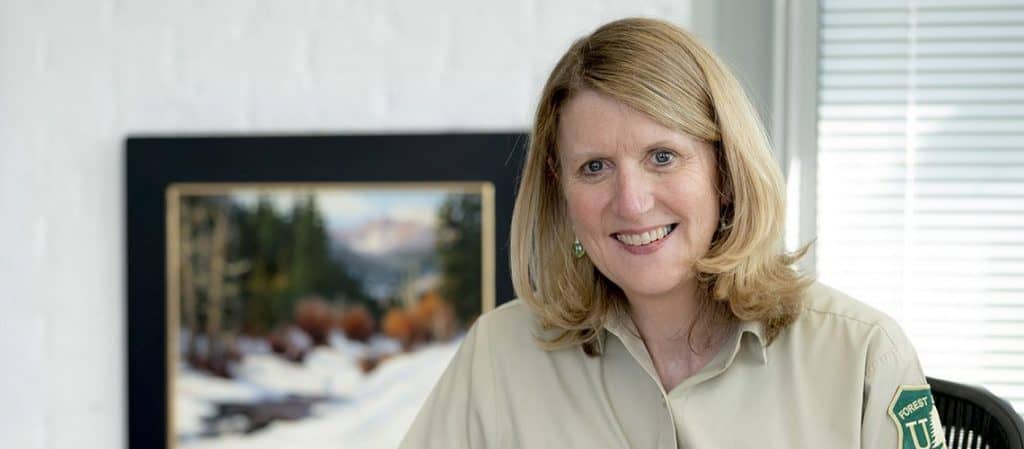
As part of thinking about the EADM effort, here’s another (the Rio Grande Water Fund) in the series of landscape-scale success stories. We’ve discussed it before, but now we have this excellent powerpoint from Laura McCarthy of the Nature Conservancy, presented at our 40th class reunion at Yale last fall. She received the Distinguished Alumna award from the school for this and her other work.
Some notable elements of the powerpoint are some photos of the damage caused by fires in terms of flooding and sedimentation.
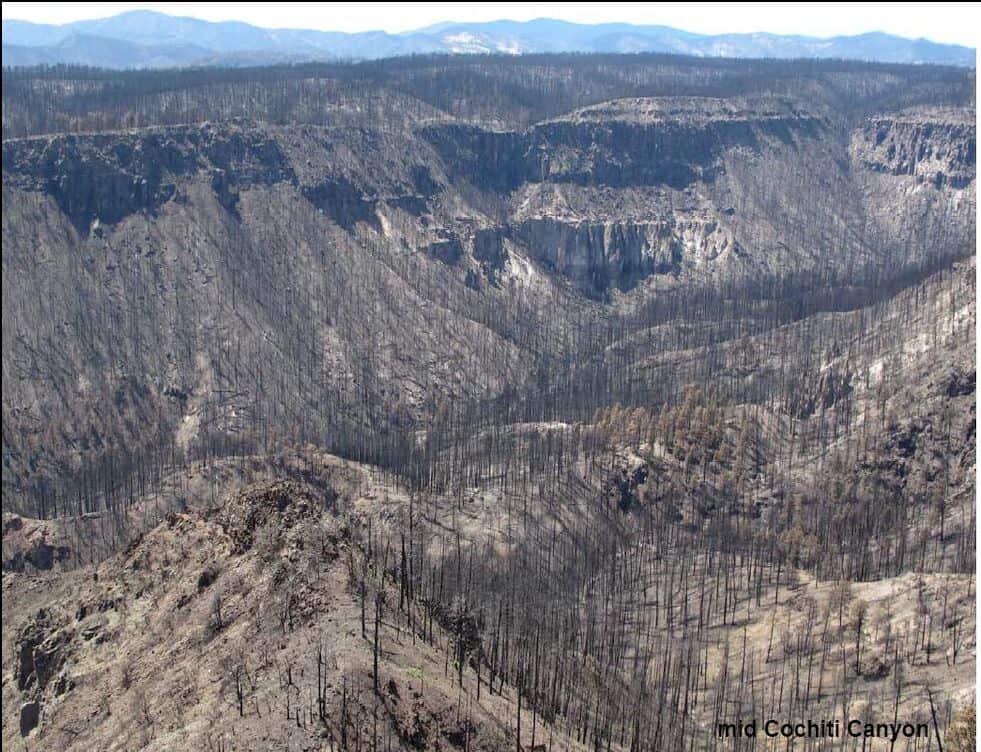
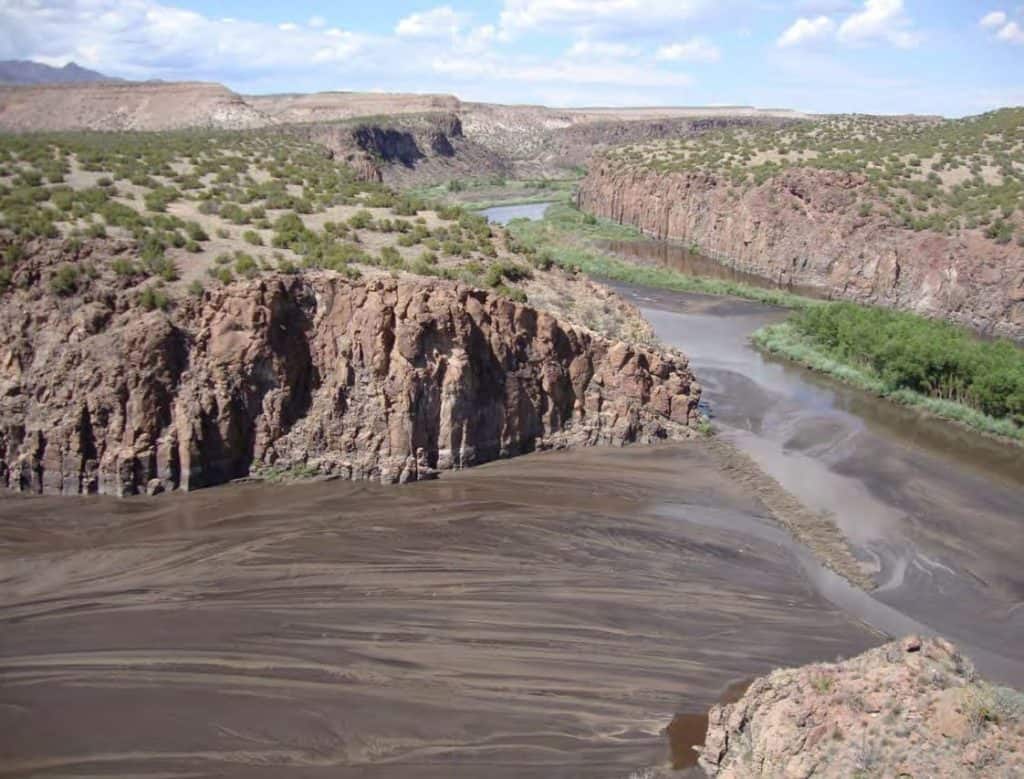
And the amazing array of partners:

Based on the successes of the Flagstaff project, the Denver Water projects, we might see a pattern in which large scale projects over multiple jurisdictions are easier when 1) there has been a fire with negative effects in someone’s backyard or watershed, 2) leadership from NGOs come forward to do something, and 3) water providers or communities or other NGOs put $ on the table. Placing a bet on fires not happening (the argument that only x % is going to burn, so why spend $ to establish and maintain vegetation) may not be as appealing when the impacts hit you and your neighbors, directly, and within your own experience.
So here’s one hypothesis for why these areas perhaps have greater success in landscape scale efforts, and not, say, California. Because timber was never a big industry in the SW, perhaps the organized opposition to cutting trees (for commercial reasons) has not had an opportunity to develop. So perhaps people, and groups don’t have those issues to work through, at least not to the same degree- you could call this infrastructure established during the Timber Wars. Certainly folks like the Center for Biological Diversity and Wild Earth Guardians are headquartered in the SW, but apparently choose not to go after these projects (or they do, and that aspect has not been highlighted in the write-ups I’ve seen).
Another idea would be that this is tied to water and where water is at a premium people are going to be more careful. Our Regional Forester in 2, at the time, Rick Cables was thinking maybe California should donate to Colorado fuel treatment projects because they use Colorado River water. I don’t think that that worked out..
So please take a look at the powerpoint and share your thoughts. Also, I’m still looking for successful landscape scale projects outside of Regions 2 and 3. I’m sure they’re there, but I can’t as easily find out about them.

